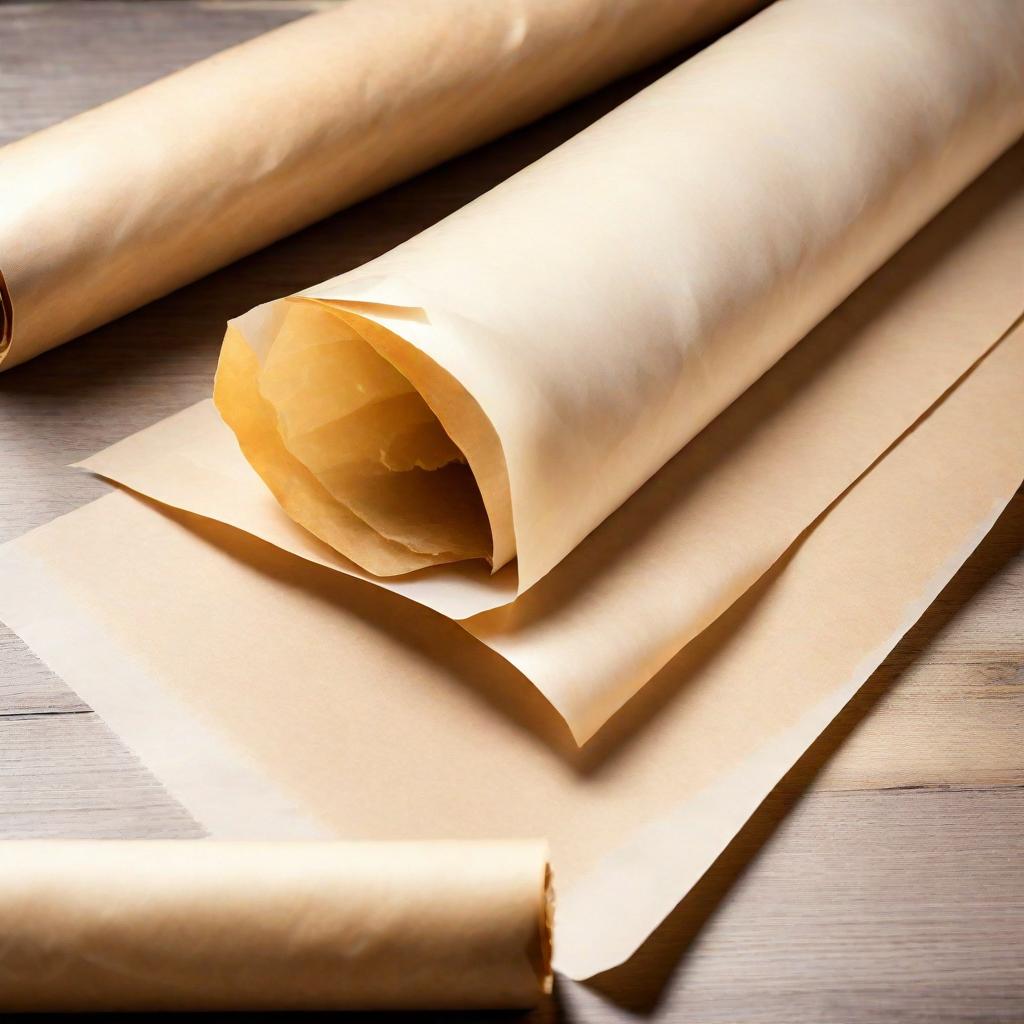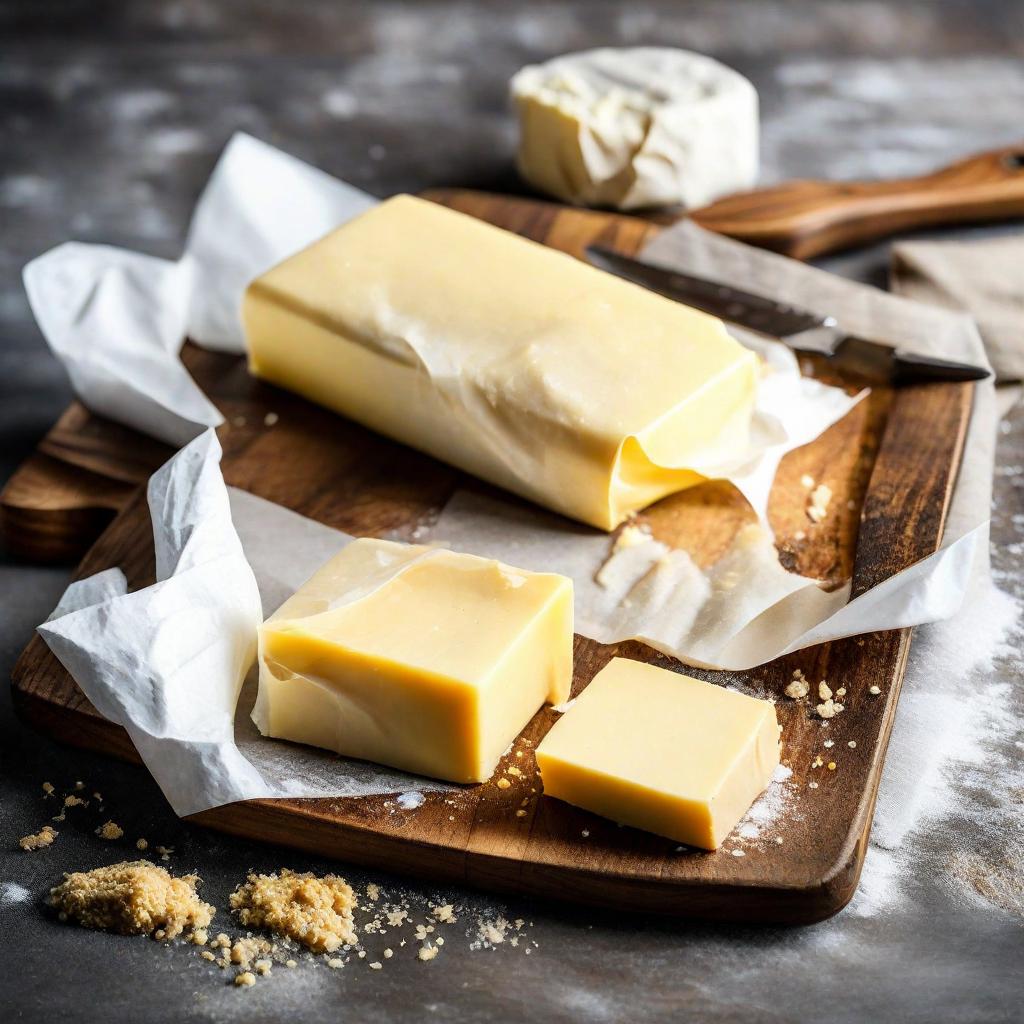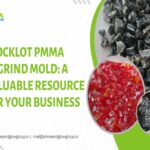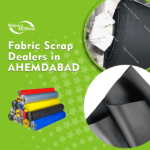
- Introduction
- Composition and Production Process
- Advantages of Parchment Paper
- Common Uses in the Kitchen
- Comparison with Other Types of Parchment Paper
- Tips for Using Parchment Paper
- Parchment Paper and Health
- Innovations and Trends
- Sustainability Aspects
- Customer Reviews and Testimonials
- Creative Uses Beyond Cooking
- Maintenance and Storage Tips
- Selecting the Right Parchment Paper
- FAQs About Parchment Paper
- Conclusion
Introduction
In the world of culinary delights, one often encounters hidden gems that elevate the cooking and baking experience. One such unsung hero in the kitchen is vegetable parchment paper. This unassuming kitchen staple has a multitude of applications that can transform the way you approach food preparation. Let’s dive into the fascinating world of vegetable parchment paper and uncover its secrets.

Vegetable parchment paper, often simply referred to as parchment paper, is a versatile material used in cooking and baking. Composed of natural materials, it serves as an excellent non-stick surface, making it an indispensable tool for anyone who loves spending time in the kitchen. Whether you’re a seasoned chef or an amateur cook, this can become your culinary ally.
Composition and Production Process
The magic of vegetable parchment paper lies in its composition. Typically made from a combination of wood pulp and a thin layer of silicone, this paper undergoes a unique production process. The wood pulp provides the paper’s structure, while the silicone contributes to its non-stick properties. Understanding the manufacturing process sheds light on why this material is a go-to choice for many chefs and home cooks.
Advantages of Parchment Paper
One of the standout features of vegetable parchment paper is its non-stick nature. This quality not only makes for easy food release but also simplifies the cleaning process. Additionally, its heat resistance and durability make it suitable for a wide range of temperatures, from low-temperature slow cooking to high-heat baking. As we explore further, we’ll also discover its eco-friendly aspects, making it a conscious choice for environmentally aware individuals.
Common Uses in the Kitchen
The applications of vegetable parchment paper in the kitchen are vast. From lining baking sheets for cookies to creating a pouch for steaming vegetables, its versatility knows no bounds. The paper’s non-stick properties come into play when working with delicate pastries or sticky ingredients, ensuring that your creations come out perfectly every time.
Comparison with Other Types of Parchment Paper
While vegetable parchment paper shares some similarities with traditional one, there are key differences worth noting. Traditional paper often involves treating the paper with sulfuric acid, creating a non-stick surface. In contrast, vegetable parchment paper relies on natural materials and is considered by many to be a healthier and more environmentally friendly option.
Tips for Using Parchment Paper
To maximize the benefits , it’s essential to use it correctly. When lining pans or trays, ensure that the paper covers the entire surface to prevent any sticking. Additionally, consider using it as a barrier between layers of food to simplify cleanup and maintain the integrity of your dishes.
Parchment Paper and Health
For health-conscious individuals, this is a boon. Unlike some non-stick alternatives, it doesn’t release harmful chemicals at high temperatures. This makes it a safe choice for cooking and baking, giving you peace of mind as you create delicious and nutritious meals.
Innovations and Trends
As technology advances, so does the world of parchment paper. Recent innovations in this sector include enhanced non-stick coatings, making it even more efficient in the kitchen. The market is also witnessing a surge in demand for pre-cut parchment sheets, catering to the convenience-seeking consumer.
Sustainability Aspects
In an era where sustainability is a top priority, this paper stands out as an eco-friendly option. Compared to alternatives like aluminum foil, it is biodegradable and can often be recycled. Making conscious choices in the kitchen, such as opting for vegetable parchment paper, contributes to a greener and healthier planet.
Customer Reviews and Testimonials
Real-world experiences provide valuable insights into the effectiveness of parchment paper. Many users rave about its convenience and how it simplifies the cooking process. Positive feedback often revolves around the non-stick properties and the ease of cleanup, while any concerns typically center on understanding the best ways to use the paper effectively.
Creative Uses Beyond Cooking
This paper isn’t limited to the kitchen; it has creative applications beyond cooking. Artists and crafters have found innovative ways to incorporate this material into their projects. Its versatility extends to crafting, card-making, and various do-it-yourself endeavors.
Maintenance and Storage Tips
To ensure the longevity of your vegetable parchment paper, proper storage is key. Keep it in a cool, dry place to prevent any moisture damage. Roll it or stack it neatly to avoid creases that could compromise its effectiveness. By following these simple tips, you can make the most out of this culinary essential.
Selecting the Right Parchment Paper
When shopping it’s essential to consider your specific needs. Whether you’re looking for pre-cut sheets or a roll for custom sizing, understanding the options available can help you make an informed decision. Checking labels for certifications and additional features, such as compostability, ensures that your choice aligns with your values.
FAQs About Parchment Paper
- Is vegetable parchment paper safe to use in the oven at high temperatures?
- Yes, is heat-resistant and can withstand high temperatures typically used in baking.
- Can I reuse vegetable parchment paper?
- While it’s possible to reuse it for certain applications, for optimal results, it’s recommended to use a fresh sheet for each cooking or baking session.
- Is parchment paper biodegradable?
- Yes, it is biodegradable, making it a more environmentally friendly option compared to some alternatives.
- Can I use parchment paper for grilling?
- While it’s not recommended for direct contact with open flames, you can use for indirect grilling to prevent sticking and simplify cleanup.
- How does parchment paper contribute to sustainability?
- It is made from natural materials and is biodegradable, reducing its environmental impact compared to non-biodegradable alternatives.
Conclusion
In conclusion, vegetable parchment paper is a versatile and eco-friendly companion in the kitchen. From its non-stick properties to its heat resistance, this humble material has become a staple for chefs and home cooks alike. By incorporating this into your culinary routine, you not only enhance your cooking and baking experiences but also make a conscious choice for a greener planet.



